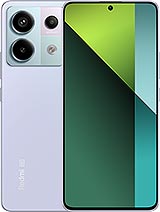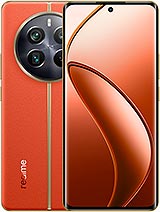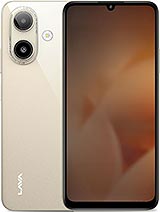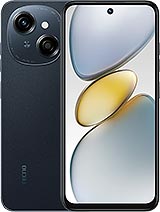Redmi Note 13 Pro alternatives
Tap above to see alternatives.
Tecno Spark 30C alternatives
Tap above to see alternatives.
Redmi Note 13 Pro

Redmi Note 13 Pro
-
Snapdragon 7s Gen 2
4 nm
-
5100 mAh
67W
-
6.67"
1220x2712 pixels
-
200 MP
4K@30fps
- Specs
Tecno Spark 30C

Tecno Spark 30C
-
Dimensity 6300
6 nm
-
5000 mAh
18W
-
6.67"
720 x 1600 pixels
-
48 MP
1080p@30fps
-
Specs

4x2.40 GHz Cortex-A78
4x1.95 GHz Cortex-A55
2x2.4 GHz Cortex-A76
6x2.0 GHz Cortex-A55
8GB 256GB (UFS 2.2)
12GB 256GB (UFS 2.2)
12GB 512GB (UFS 2.2)
16GB 512GB (UFS 2.2)
4GB 128GB (eMMC 5.1)
f/1.7, 23mm (wide), 1/1.4", 0.56µm, multi-directional PDAF, OIS
8 MP
f/2.2, 118˚ (ultrawide)
2 MP
f/2.4, (macro)
(wide), 1/2.0", 0.8µm, AF
1080p@30/60/120fps
f/2.4, (wide), 1/3.06", 1.0µm
SIM1: Nano, SIM2: Nano
SIM1: Nano, SIM2: Nano
10 5G bands
n1, n3, n5, n8, n28, n38, n40, n41, n77, n78
2 5G bands
n3, n40
In this performance comparison, the Redmi Note 13 Pro with its Qualcomm Snapdragon 7s Gen 2 (4nm) performs better than the Tecno Spark 30C with the Mediatek Dimensity 6300 (6nm), thanks to superior chipset efficiency.
Redmi Note 13 Pro offers 3 years of OS updates, while Tecno Spark 30C does not have confirmed OS update information. Redmi Note 13 Pro receives 4 years of security updates, while Tecno Spark 30C does not have confirmed security update information.
Redmi Note 13 Pro features a superior AMOLED display, while Tecno Spark 30C comes with an LCD panel. Both smartphones offer the same 120 Hz refresh rate. Both devices deliver the same brightness level at nits. Notably, Redmi Note 13 Pro offers a higher screen resolution, resulting in sharper visuals and more detailed content.
Redmi Note 13 Pro comes with a larger 5100 mAh battery, which may offer longer usage on a single charge. Redmi Note 13 Pro also supports faster wired charging at 67W, compared to 18W on Tecno Spark 30C.
Both phones feature the same IP54 rating for water and dust resistance.
- Tecno Spark 30C – Check price here
¹ Scores can vary even with the same chipset due to RAM, thermals, and software optimization.










